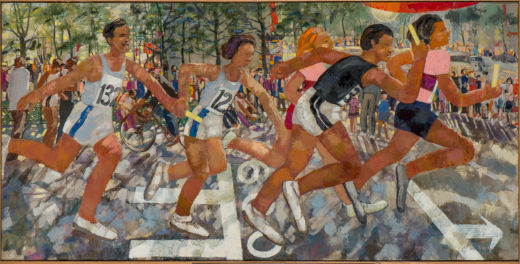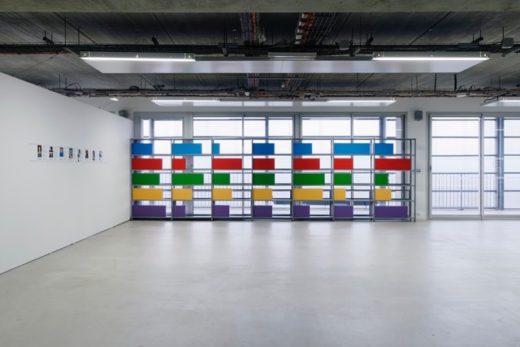Print Content / Volume 8 Issue 3
—
Free Content © 2019 ARTMargins and the Massachusetts Institute of Technology
by Arman Grigoryan and Nazareth Karoyan ·
What is Hamasteghtsakan Art
The document presents two separate articles with the same title –“What is Hamasteghtsakan Art” – by artist Arman Grigoryan and art critic Nazareth Karoyan, published in Armenia in 1994 and 1996 respectively. Translated from Armenian and introduced by Angela Harutyunyan both articles have been formative for the development of contemporary art in Armenia. While presenting diverging views on the meaning of hamasteghtsakan (translated as collectively created), the concept was circulated as a definition for a broad range of post-medium artistic practices in late Soviet and post-Soviet Armenia. These practices formed an oppositional discourse to both Socialist Realism and Armenian National

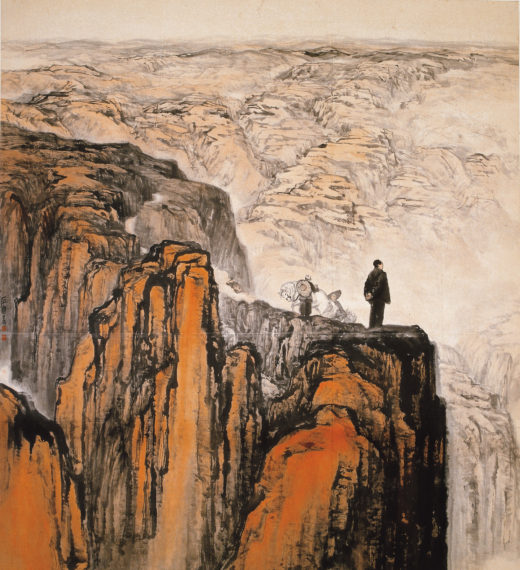
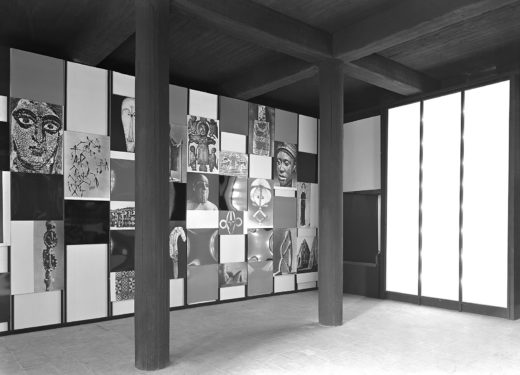

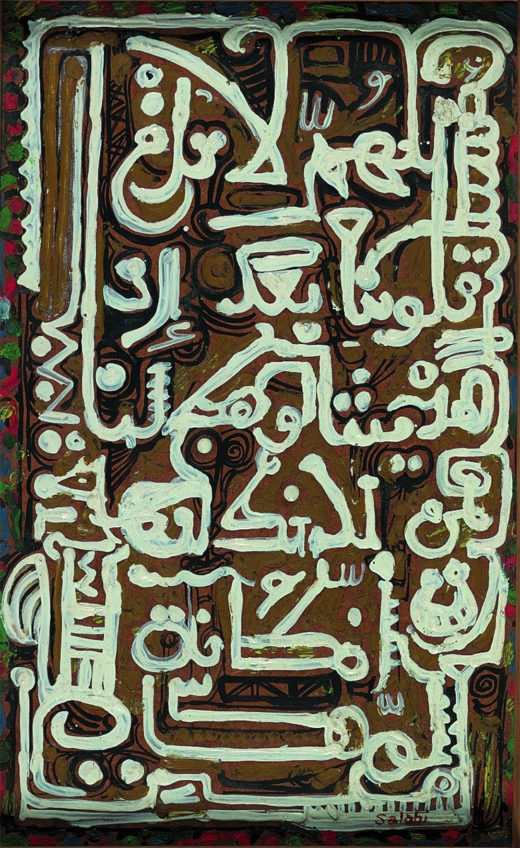
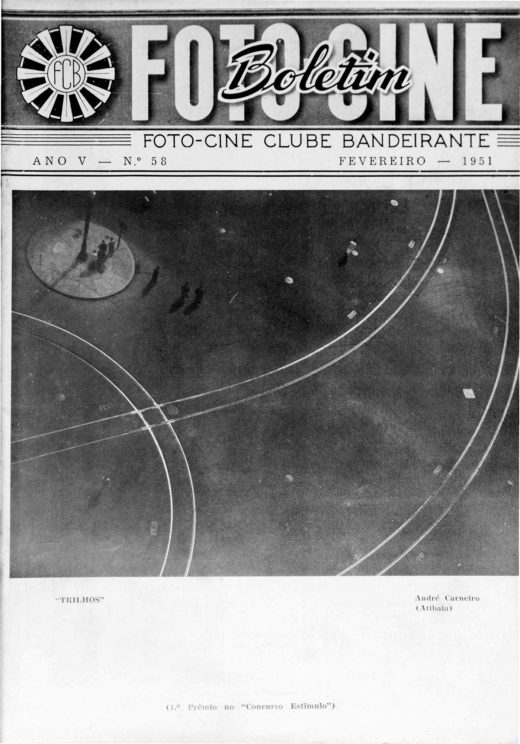
![Vlado Jakolić, Photograph from Izložba žena i muškaraca [Exhibition of Women and Men], June 26, 1969, Galerija Studentskog centra, Zagreb. Image courtesy of Arhiv za likovnke umjetnosti HAZU, Zagreb, Inv. no.: SC-46/F1.](https://artmargins.com/wp-content/uploads/2019/02/ARTM-Ilic_f02-520x358.jpg)
